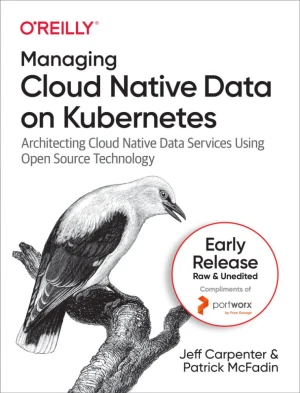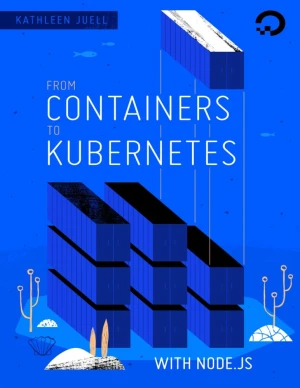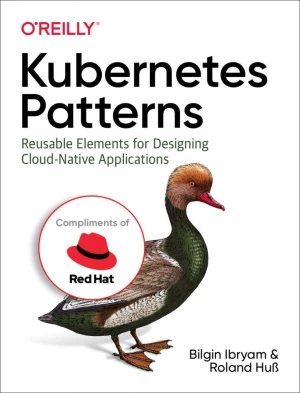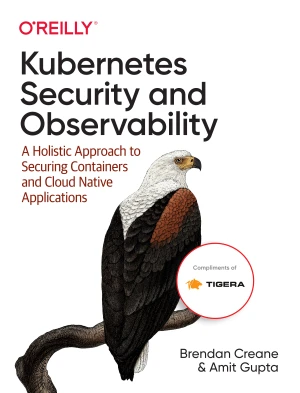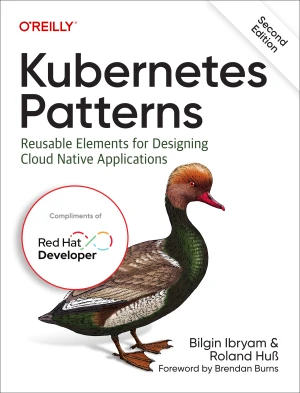CI/CD with Docker and Kubernetes, 2nd Edition
How to Deliver Cloud Native Applications at High Velocity
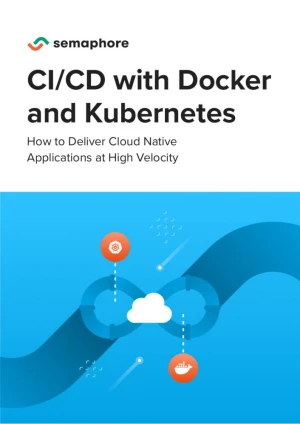
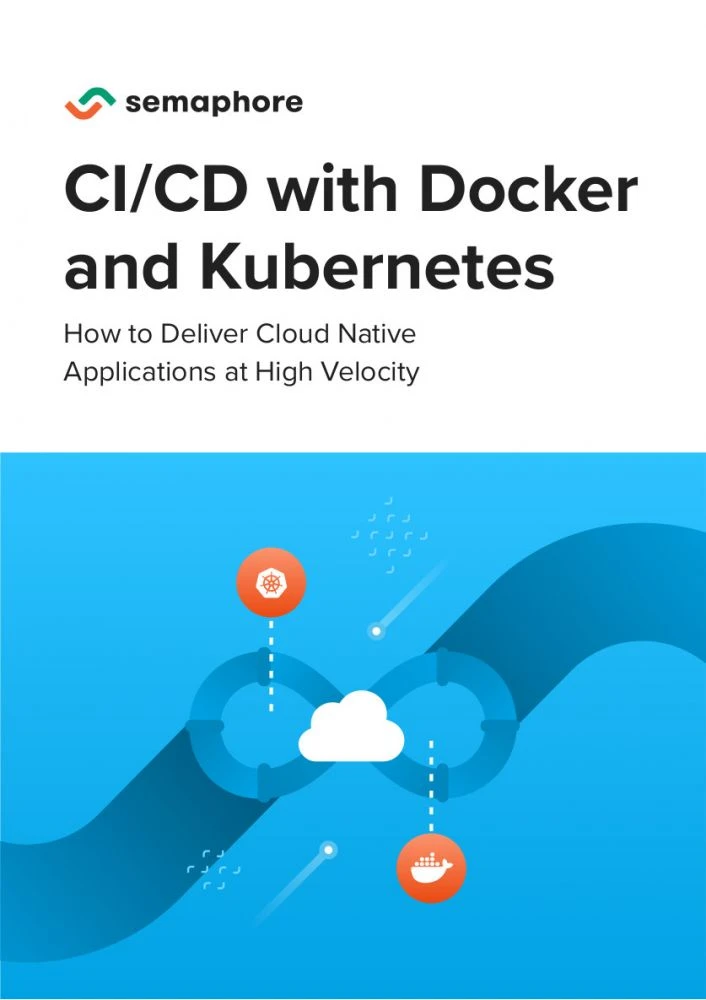
Book Details
| Authors | Marko Anastasov, Jérôme Petazzoni, Pablo Tom Zavalia |
| Publisher | Semaphore |
| Published | 2021 |
| Edition | 2nd |
| Paperback | 92 pages |
| Language | English |
| License | Creative Commons Attribution-NonCommercial-NoDerivatives |
Book Description
Containers change how developers build, test, and deploy code. Adopting them takes time, and using them incorrectly can slow down the delivery process.
Not every organization has a dedicated team of engineers to focus on this transition, unlike companies such as Spotify or Netflix. A startup CTO, for example, may need to prioritize shipping features over spending hundreds of hours configuring internal systems.
With this free ebook as a guide, teams won't need a dedicated sysadmin to establish an efficient container-based CI/CD process.
By the end of the book, readers will understand:
- The key benefits of Docker containers and how to achieve them.
- How deployment to Kubernetes works.
- How both culture and delivery tools must evolve to fully leverage the agility of containers and cloud technologies.
Readers will be able to:
- Follow a detailed roadmap for container adoption.
- Build and test applications using Docker.
- Perform canary deployments to Kubernetes on major cloud providers (AWS, DigitalOcean, Google Cloud).
- Configure serverless CI/CD pipelines with Semaphore to automate the entire process.
This book is available under a Creative Commons Attribution-NonCommercial-NoDerivatives license (CC BY-NC-ND), which means that you are free to copy and distribute it, as long as you attribute the source, don't use it commercially, and don't create modified versions.
If you enjoyed the book and would like to support the author, you can purchase a printed copy (hardcover or paperback) from official retailers.
Download and Read Links
Share this Book
[localhost]# find . -name "*Similar_Books*"
Managing Cloud Native Data on Kubernetes
Is Kubernetes ready for stateful workloads? This open source system has become the primary platform for deploying and managing cloud native applications. But because it was originally designed for stateless workloads, working with data on Kubernetes has been challenging. If you want to avoid the inefficiencies and duplicative costs of having separa
From Containers to Kubernetes with Node.js
This book is designed as an introduction to containers and Kubernetes by way of Node.js. Containers are the basis for distributed, repeatable workflows with orchestrators such as Kubernetes, and they allow developers and operators to develop applications consistently across environments and deploy in a repeatable and predictable fashion. The exampl
Kubernetes Patterns
The way developers design, build, and run software has changed significantly with the evolution of microservices and containers. These modern architectures use new primitives that require a different set of practices than most developers, tech leads, and architects are accustomed to. With this focused guide, Bilgin Ibryam and Roland Huß from Red H
Kubernetes Security and Observability
Securing, observing, and troubleshooting containerized workloads on Kubernetes can be daunting. It requires a range of considerations, from infrastructure choices and cluster configuration to deployment controls and runtime and network security. With this practical book, you'll learn how to adopt a holistic security and observability strategy for b
Kubernetes Patterns, 2nd Edition
The way developers design, build, and run software has changed significantly with the evolution of microservices and containers. These modern architectures offer new distributed primitives that require a different set of practices than many developers, tech leads, and architects are accustomed to. With this focused guide, Bilgin Ibryam and Roland H
Migrating to Cloud-Native Application Architectures
Adoption of cloud-native application architectures is helping many organizations transform their IT into a force for true agility in the marketplace. This report defines the unique characteristics of cloud-native application architectures such as microservices and twelve-factor applications. Author Matt Stine also examines the cultural, organizatio

